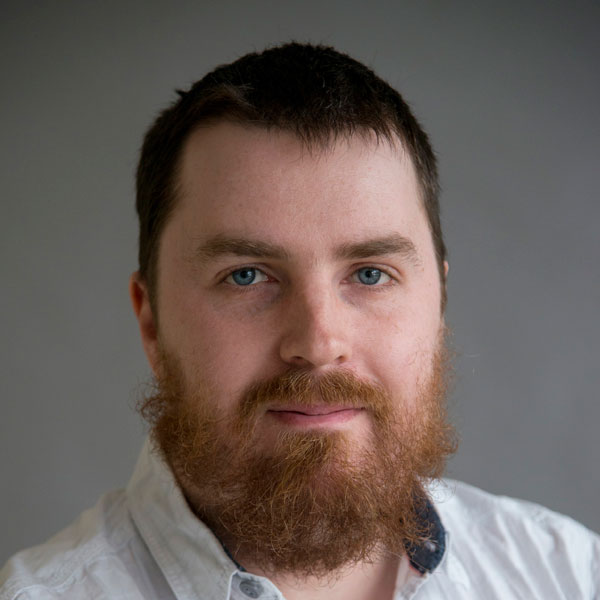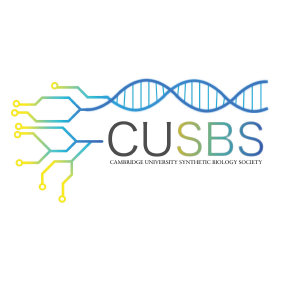Universal precise large area colony scanning stage with measurement and selection tool integration
This project aims to develop a flexible, open-source platform for automatic plant and colony scanning, for morphological and long-term analysis.
The Idea
Plant or microbial cultivation and monitoring can be a time consuming and tedious process, especially, if precise analysis of plant/colony growth is required. Nonetheless, little automation is commonly used for this purpose in today’s laboratories. Generally, quantitative assessment of cultures has become vastly important for biological research, with great improvements in bioassay and drug discovery and monitoring, often achieved by microplate/multi-well analysis combined with absorptive or fluorescent photometry. The method produces fast and reliable results, but commercial devices are costly and limited to a narrow spectrum of experimentation. A simple expansion of the system could greatly improve the usability of plate readers for not only the current purposes, but also other fields, such as cell culture monitoring.
We propose an open-source platform for automatic (flat – e.g. Marchantia) plant and colony scanning, which extends the plate-reading-functionality to morphological and long-term analysis and will also be more flexible, considering growth plate size. This is an extension of the initiative of the Cambridge 2015 iGEM team, who developed an open source fluorescence microscope and want to integrate a similar optical analysis into colony scanning tools as part of the work of the Synthetic Biology Student Society in Cambridge.
For this technology vision to become a) technically viable, b) to be tested on biologically relevant questions and c) to ensure the establishment of a longer-term development community around the tool, we propose specifically:
a) The development of technological tools that combine video and optical microscopy techniques with CNC technology, currently used in 3D printers and CNC mills.
A more precise and more affordable CNC translation stage to seamlessly operate with optical microscopy devices
Technical interfaces that allow easy integration of open source measurement and preparation tools on the stage
A new open source tool that allows to identify and pick or mark colonies and their positions.
Optical analysis tools and their integration and testing will be performed as part of the SynBio Society work in their own time with microscope and technology developed by them and further collaborators. This aims to extend the functionality of the stage to the following: Scanning a cultivation area covered with growth plates; creating a map, which can then be navigated with a microscope; automatically focus and record time-lapse videos for each colony.
b) Testing and the stage and tools on seed germination experiments.
c) Replication the hardware as identical set for laboratories of this collaboration in Norwich, Cambridge and Slovenia to lay a foundation for easy feedback and collaboration.
The Team
Mr Tobias Wenzel,
Graduate Student, Department of Physics, University of Cambridge,
Dr Neil Pearson,
Postdoctoral Researcher, Earlham Institute, Norwich
Dr Luka Mustafa,
Institute IRNAS Race, Slovenia (http://irnas.eu/)
Dr Nick Pullen,
Postdoctoral Researcher, John Innes Centre, Norwich
Dr Ji Zhou,
Phenomics Project Leader, Earlham Institute, Norwich
Cambridge University Synthetic Biology Society (CUSBS),
University of Cambridge
Project Outputs
Project Report
SUMMARY OF THE PROJECT'S ACHIEVEMENTS AND FUTURE PLANS
Project Proposal
Original proposal and application
Project Resources
Stage design documentation on Github.
Progress report – testing and iteration
Summary
We develop an open source low-cost colony scanning stage for the long-term observation of seeding experiments or bacterial colonies, imaged with a Raspberry Pi camera.
Report and outcomes
The scanning stage hardware has undergone a technical iteration (at IRNAS), was built and passed on between collaborators (Cambridge and then JIC Norwich). The design of this preliminary version can be found on GitHub [https://github.com/IRNAS/PreciseXY]. The raspberry Pi imaging system has been mounted in the control and imaging software has been iterated. These needed iterations have proven to be more extensive than originally expected, and led to delays. The iterated software will soon be available on GitHub [https://github.com/Crop-Phenomics-Group]. So far, the main bottleneck of this project has been the (biological) testing of the stage. This is an essential project-step, because we can only be certain that the hardware design suits biological work within the given specifications after this on-application testing and iteration. Out of two biological groups originally part of this project, one (Synthetic Biology Society Cambridge) dropped out early due to change in their project focus and personnel, and the other (JIC) is now (after thorough exploration) unable to participate for logistical reasons (related to the experimental incubator size and space). The Cambridge project lead’s PhD thesis submission led to additional delays in communication. We have now gained a new external team member to complete the testing (and thus the final technical iteration) in the coming few months, followed by the final documentation on DocuBricks and planned publication in the Journal of Open Hardware.










